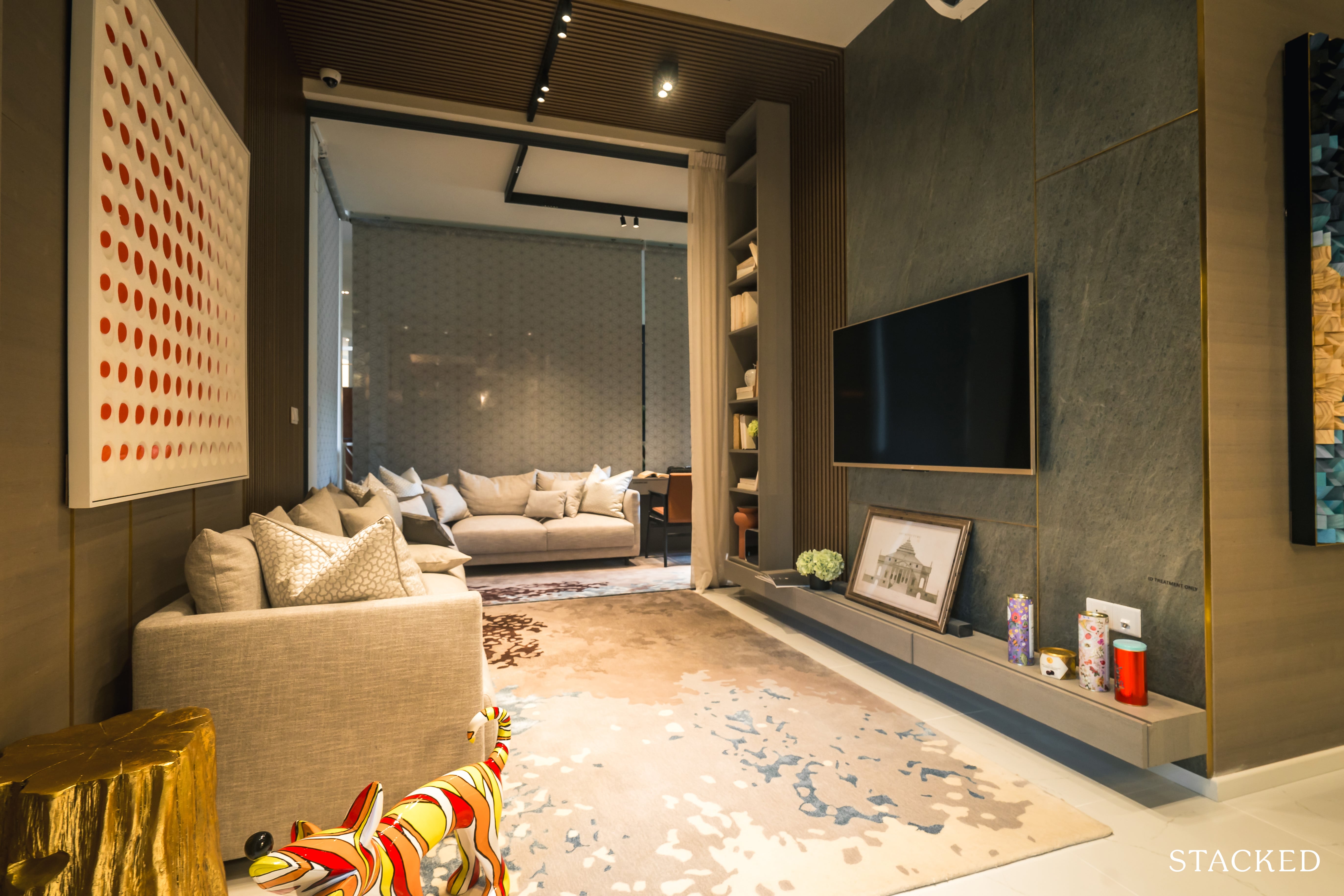10 Key Factors To Help You Pick The Ideal New Launch Condo Unit
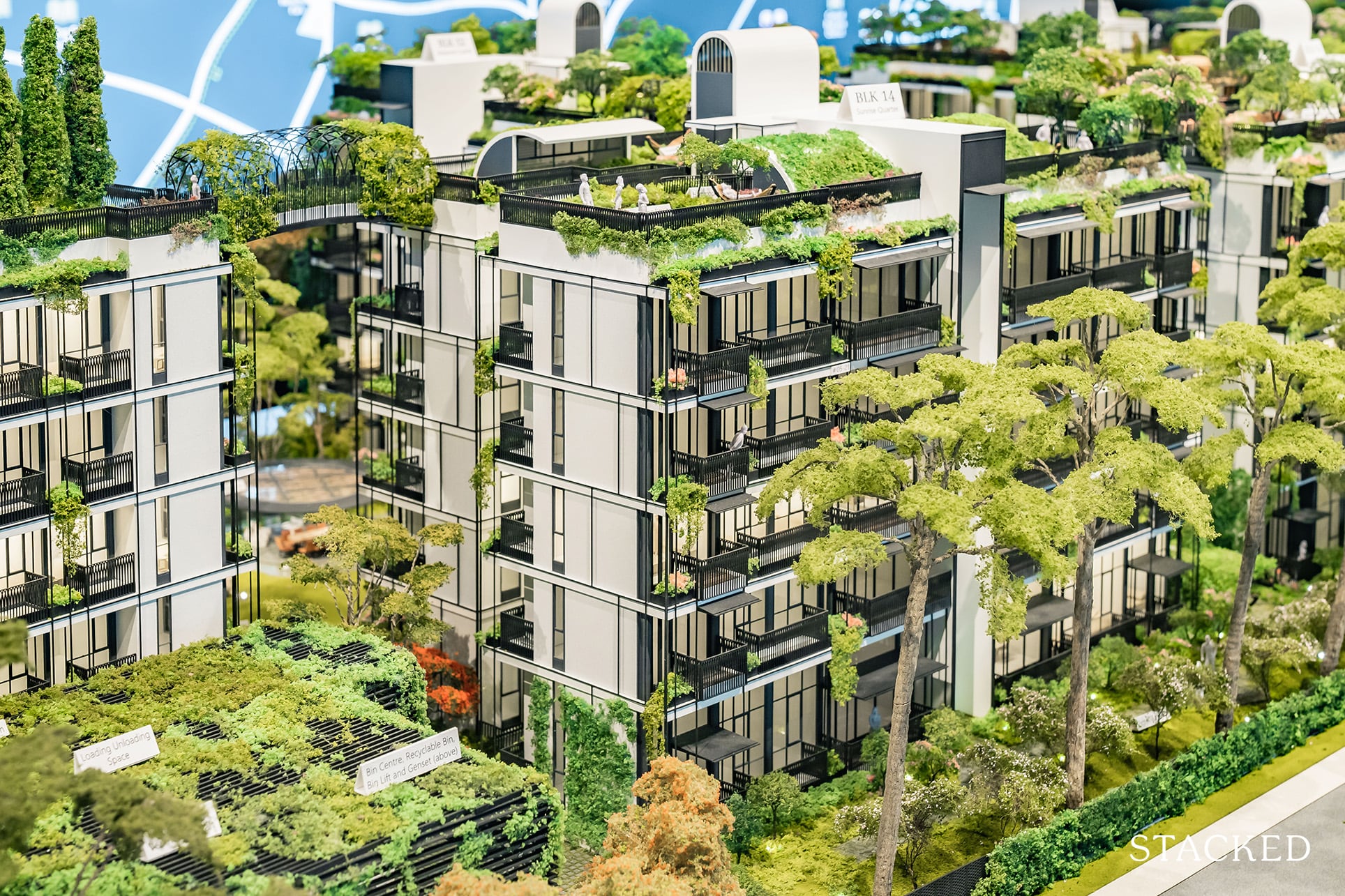
Get The Property Insights Serious Buyers Read First: Join 50,000+ readers who rely on our weekly breakdowns of Singapore’s property market.
A seasoned content strategist with over 17 years in the real estate and financial journalism sectors, Ryan has built a reputation for transforming complex industry jargon into accessible knowledge. With a track record of writing and editing for leading financial platforms and publications, Ryan's expertise has been recognised across various media outlets. His role as a former content editor for 99.co and a co-host for CNA 938's Open House programme underscores his commitment to providing valuable insights into the property market.
The hard (or fun?) part is over. You’ve found your ideal condo development – it’s near to the MRT, there’s a 50m infinity lap pool, and the clubhouse has a karaoke room, lounge area, and even a foosball table. What more can you ask for?
Well, here comes the (arguably) harder part – picking the right unit. In a small development where there’s only one unit type per bedroom size, that’s not as bad. But what happens when you’re eyeing a mega new launch? There are different layouts, facings, price per floor jumps, and even a decision between premium and non-premium to contend with. And that’s just scratching the surface.
So before you get a massive headache, it’s best to prepare yourself with the right questions, and know what to look for, to make a more informed decision:
1. What’s different about the ground floor units?
Don’t always assume that ground floor units will be cheaper. There are also times when ground floor units come with a loft or higher ceilings, to make them more attractive, and correspondingly, a higher price.
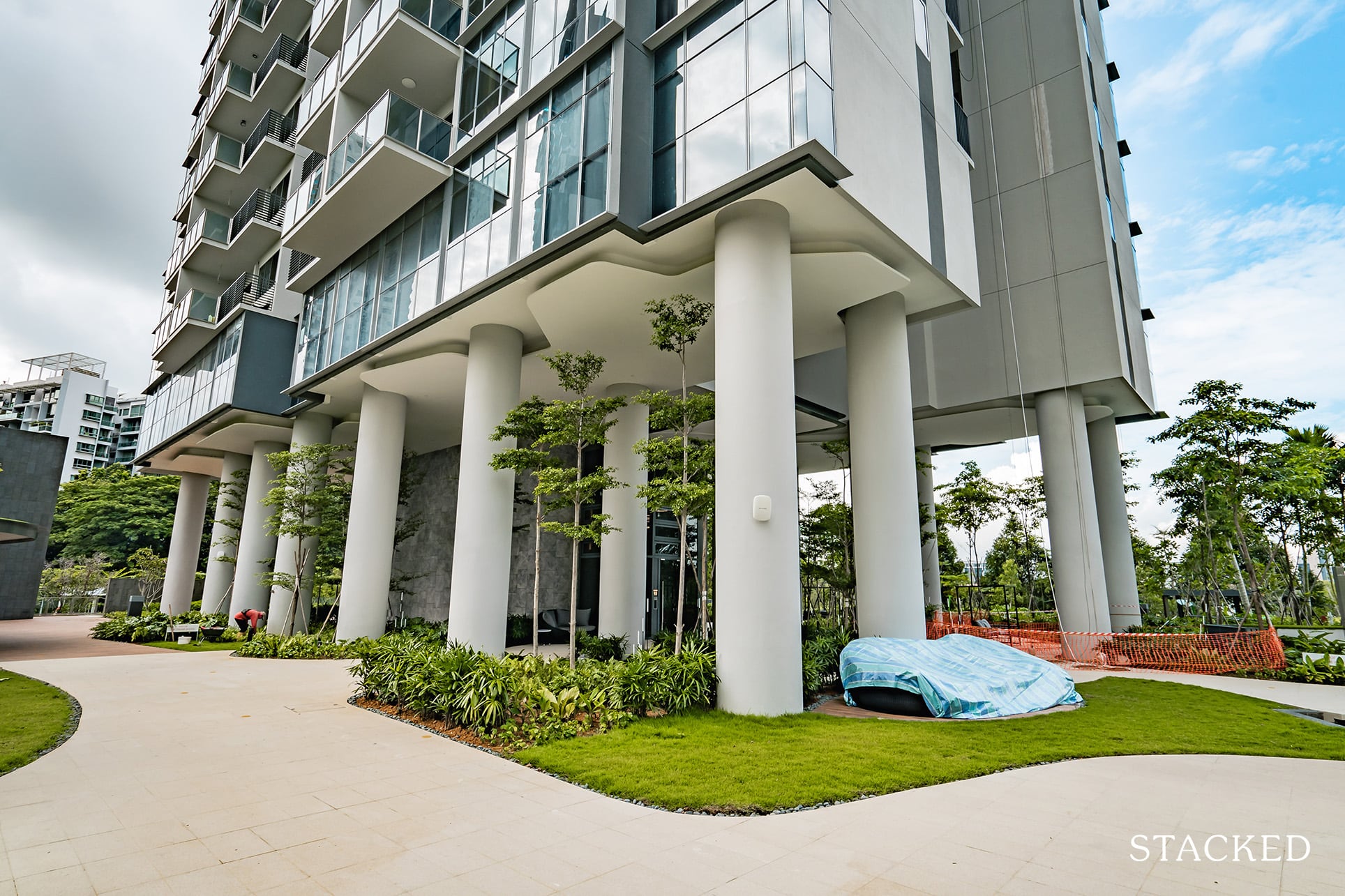
For example, a common addition to ground floor units is patio spaces, that extend out to the landscaped areas. In some developments, like Twin VEW, the first floor is elevated, so you don’t get people walking by all the time; this mitigates some of the drawbacks of a ground floor unit, which is more noise and privacy. So you’d want to be very aware of the facing of a ground floor unit. Facing the swimming pool might seem like a good deal as after all, who doesn’t want to have a view of a lovely infinity pool? But don’t forget, that also means that you’ll have increased footfall right by your unit – so your privacy can be compromised.
In some cases, ground floor units can be a bit larger, without too much of an increase in price (this will be reflected in a slightly lower price psf).
Take note of whether there’s a disposal chute in the kitchen. This is not always a good thing; in fact, some ground floor unit owners end up having to seal this up with tape.
If you’re on the ground floor, all the accumulated garbage from upstairs could be piling up next to your chute. Ask the developer what steps have been taken, to mitigate cockroaches or smells coming from the chute.
2. What’s different about the top floor units?
While it’s generally true that a higher floor means a better view, it’s best not to assume this. Sometimes, the view could be impeded by a nearby block or development; this takes away some of the advantages of paying for a higher floor.

Some condos also have facilities that may be closer to top floors than lower floors. For example, Sky Habitat has an infinity pool on the topmost (38th) floor; so top floor buyers also have better access.
As top floor units are already priced higher, they may come with extra features to sweeten the pot. Meyer Mansion, for example, has units with a higher floor-to-ceiling height, for some top floor units.
For the price difference, look for more than just “a better view” or “more privacy”.
3. What is the price difference per floor?
Depending on your needs, the price difference for each floor may not be justified. For example, if you’re the sort of homeowner who keeps your curtains drawn most of the time, then you may not want to pay an extra $50,000 just for a unit two floors above you.
Going for a lower floor can also make the property more affordable. If your desired unit is just out of your budget, ask about units on the lower floors, which have a similar size or layout.
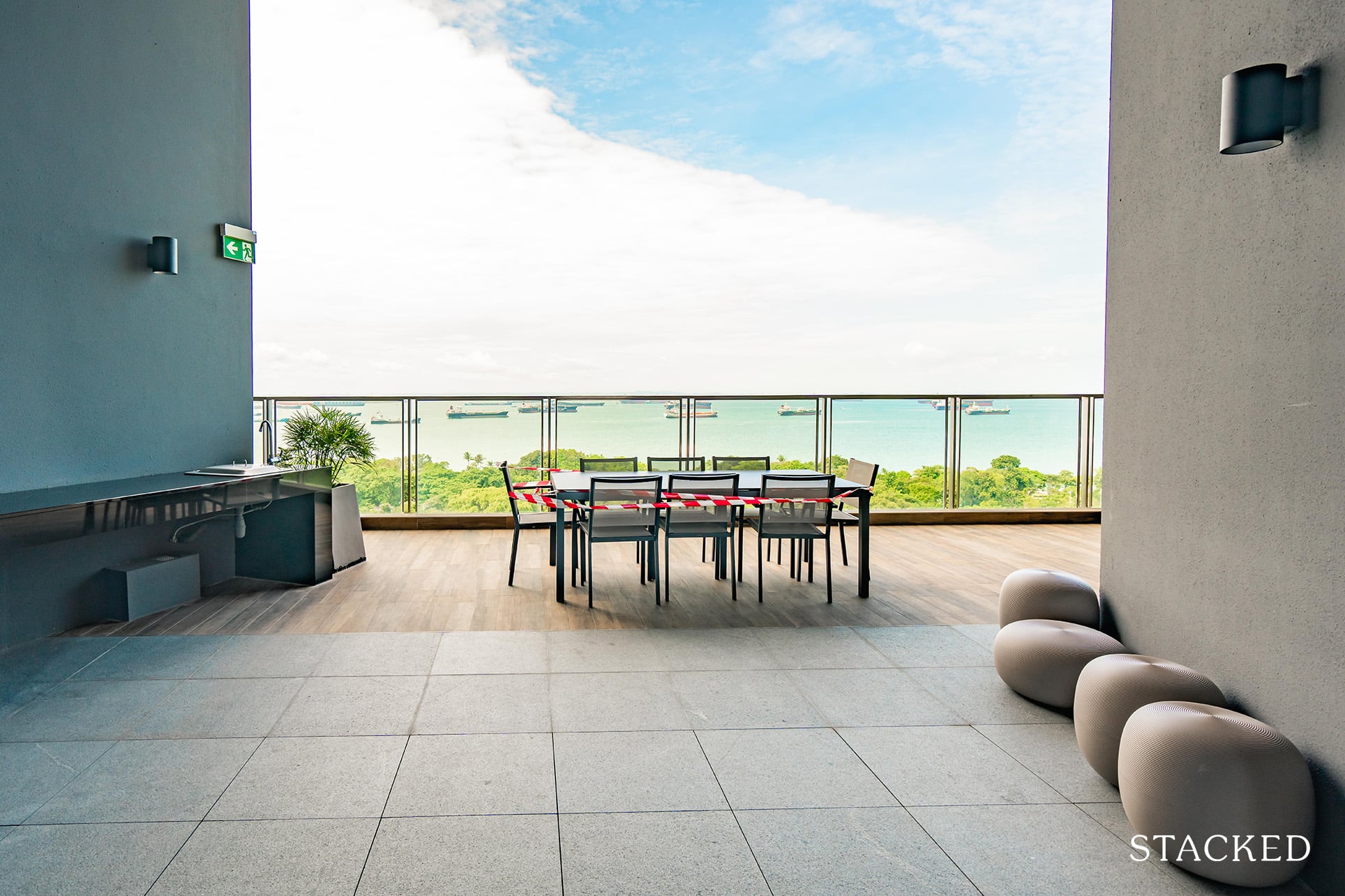
You may lose the view, but you could get everything else you need.
Do note that not every development will be priced the same way. Some developments might have a consistent price per floor jump throughout, while some may have a bigger price jump as it gets higher. So there could be cases where the price per floor jump may just make a lot of sense corresponding to the level of the unit – but you’ll need to carefully study the pricing to find such units.
4. How far apart are the condo blocks?
The “right distance” between condo blocks is quite subjective, and each buyer will have different standards. But as a loose rule of thumb, you want to take at least three to four minutes to walk to the opposite block, at a quick stroll.
If the distance is shorter than that, there’s a risk you’ll be looking out at your neighbours in their rooms, and vice versa.
If there are common facilities between the blocks (e.g., in the middle of the condo), this can be a giveaway: when you see a lot of long and narrow layouts, such as the gym and clubhouse looking like a rowhouse, that could mean the blocks are pressed up too close to each other.
Still, this is quite difficult to tell just by looking at the scale model alone; so do ask the sales team.
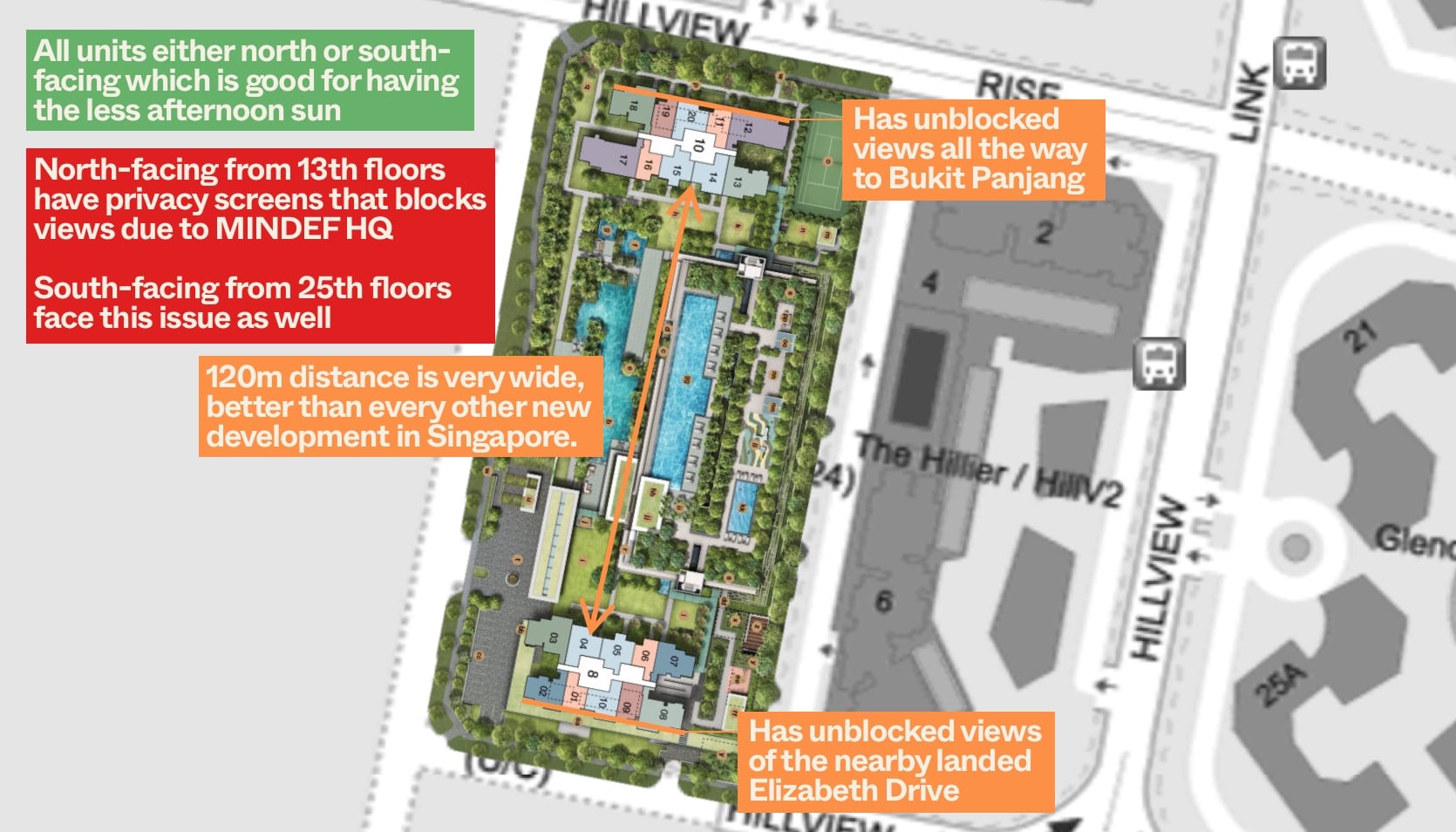
Don’t forget to consider surrounding developments too. Midwood is a prime example of that, with an exemplary 120 metre gap between each block. But units on the Hillview Rise side will have to contend with facing Kingsford Hillview Peak. It’s not so near that it’ll be a dealbreaker, but it’s best to be aware of it before signing on the dotted line.
5. Is there strata void space involved?
Most of the floor-to-ceiling height of a new condo launch will be 2.8 metres. When you see a ceiling that’s unusually high, such as four metres up, always ask if you’re paying for strata void space.
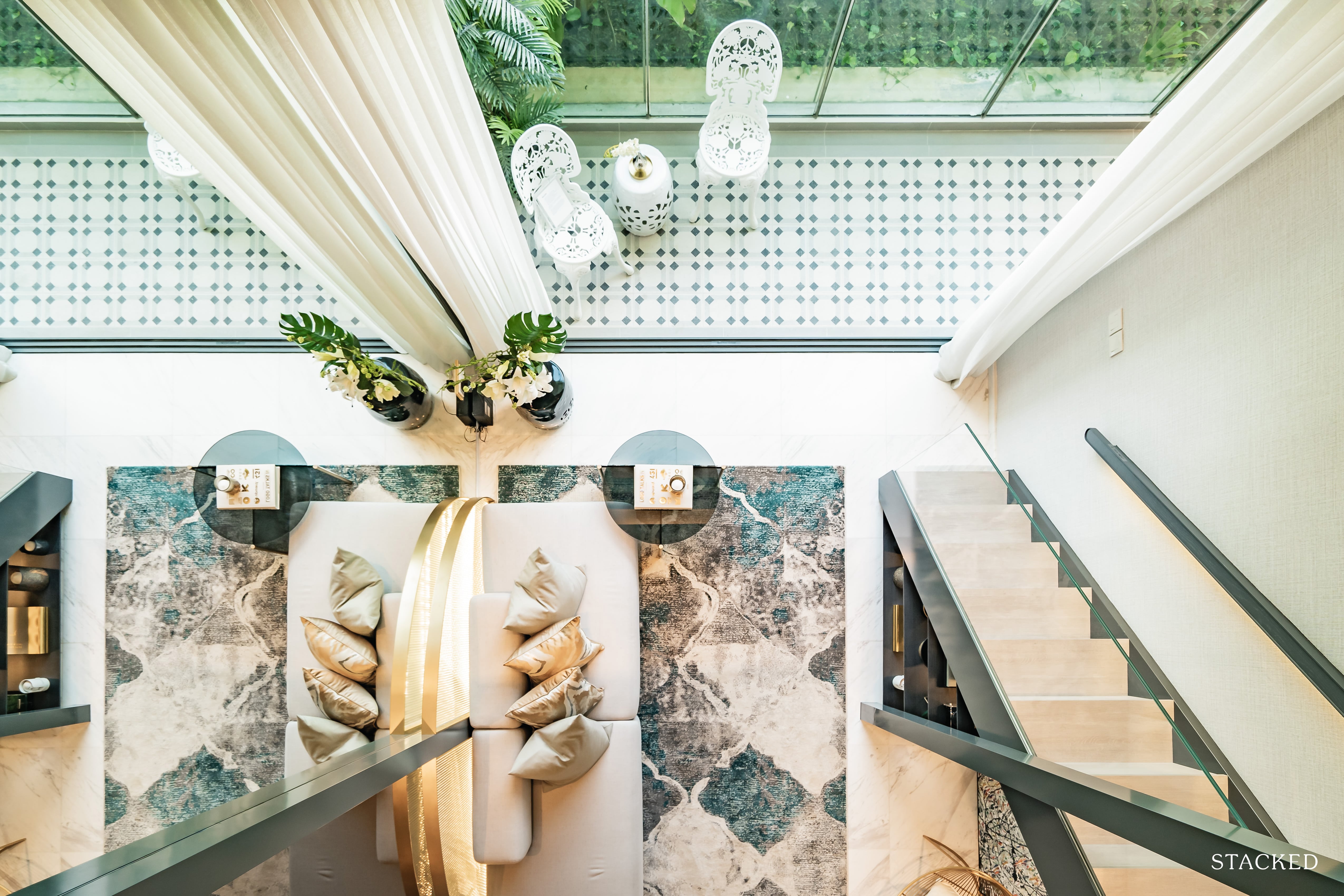
For these high-ceiling units, the “empty air” between the floor and ceiling might count toward the square footage. For some people, this could be a waste of money as the “space” would not be utilised.
There are some cases where it’s justified – such as if you could reasonably build a mezzanine floor (this would require special permits, so check with the sales team if it’s possible).
Other than that, the only reason to pay for strata void space is as an expensive luxury (it does give a better sense of space, however).
6. Which units are close to substations, or noisier facilities?
This isn’t just so you can avoid them. Sometimes, if the condo is well built, you might want to purposely find units near these, to lower the cost.
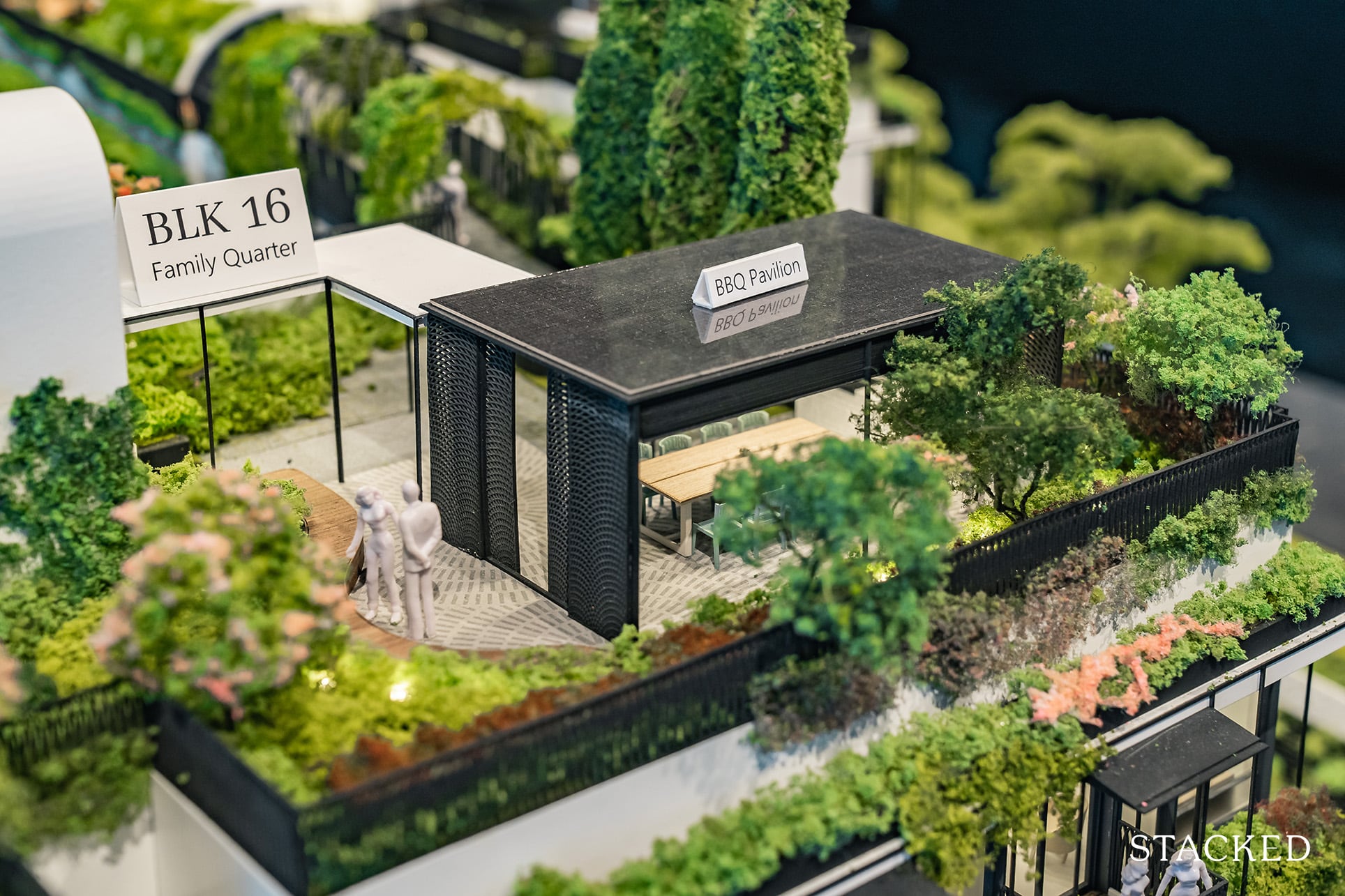
For example, if the BBQ area (overall the noisiest facility next to the pool) is well laid-out, it may not be too noisy even if you’re nearby. However, the developer may still give a slight discount for these, as they know buyers dislike it.
If you enjoy a pool view (i.e., you enjoy people-watching more than gazing at white clouds all day), a unit closer to common facilities might be more enjoyable, and cheaper to boot.
It might also mean a shorter walk to the pool, convenience stores in the condo, etc.
7. What will your unit overlook in the years to come?
We have a more detailed guide to this; but in summary, check the URA Master Plan, to see what’s being built nearby.
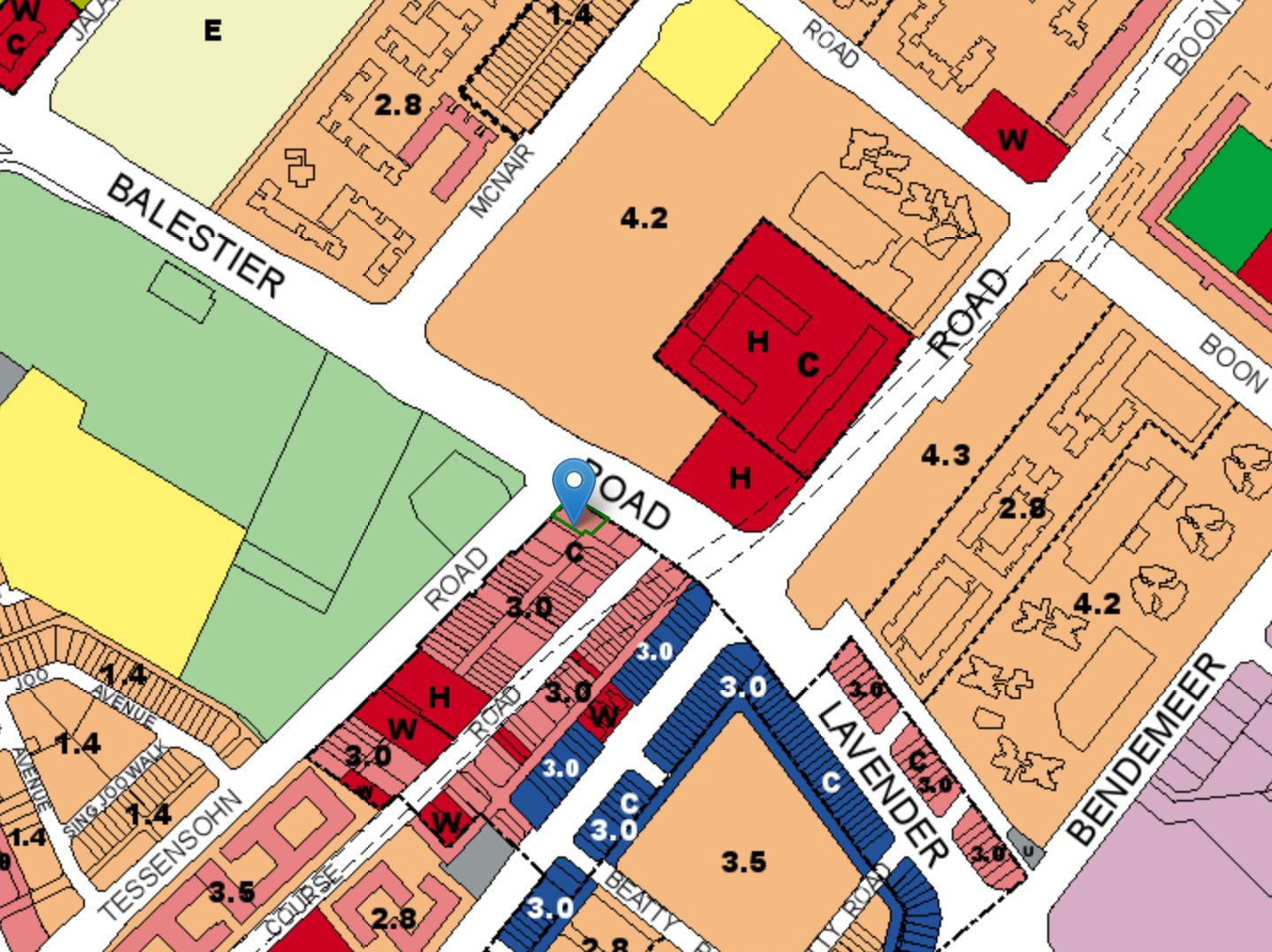
Alternatively, ask the sales team about any empty plots near the condo. If these are slated for residential, how will they affect your condo’s view? In The Bayshore, for example, some units had their excellent seaview blocked after Costa Del Sol was built across the road.
Also be on the lookout for neighbourhood upgrading nearby, which could take a long time. While this is great in the long run, you could end up with a view of construction sites (complete with drilling and pounding noises) for a period of three to five years after moving in.
If there’s an old condo nearby, look out for potential en-bloc sales.
If a huge, 1,000+ unit condo happens goes en-bloc, and it’s right across the road from your new condo, that could mean several years of noise and dust.
8. How hot will this unit get?
We have a more detailed article here, on sun facings for your unit. In general, east-west facing units will be the hottest, while north-south facings avoid the full brunt of the sun.
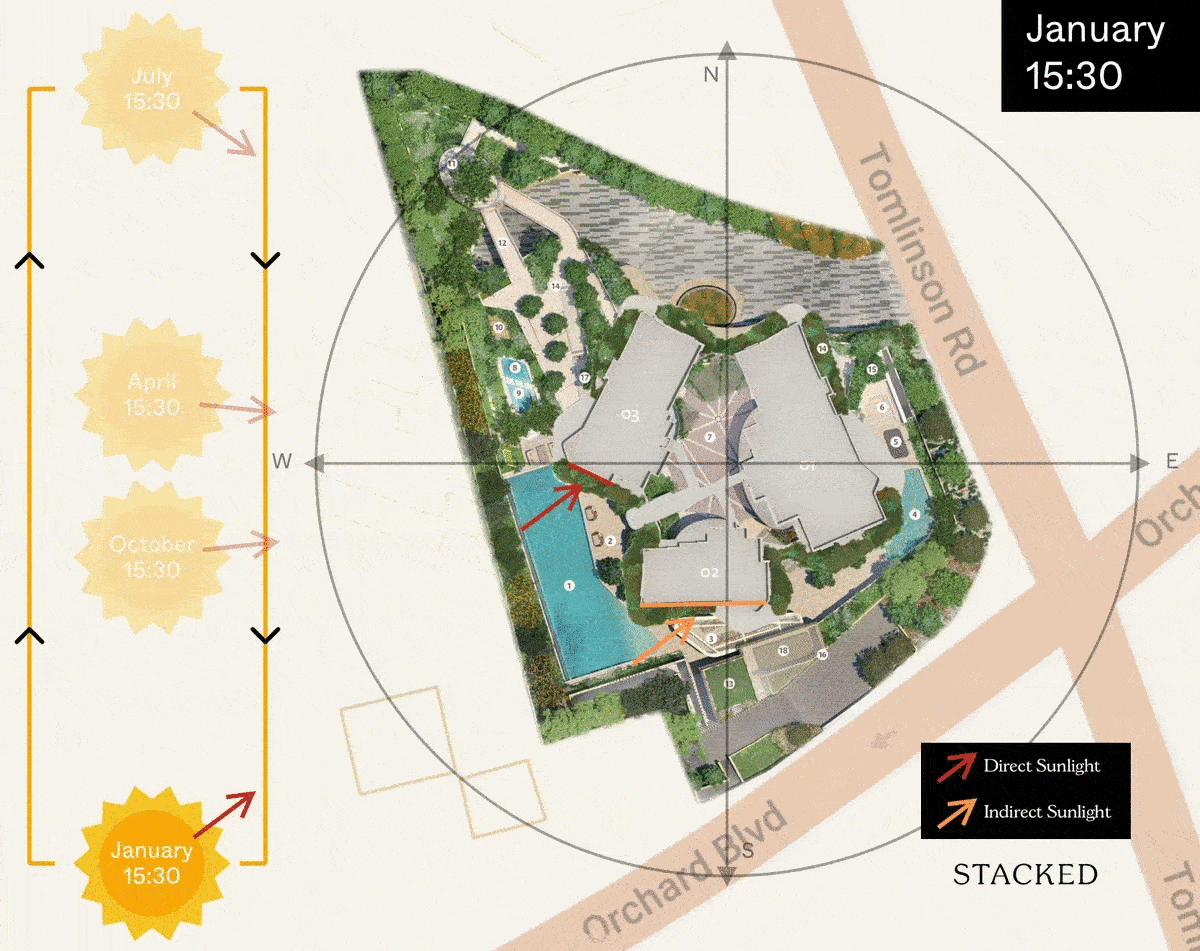
Remember though, there’s a degree of subjectivity here. Some people don’t mind the heat and want the sun. Others rationalise that they’re away from home during the hottest hours like noon; and given they leave at 7 am and come home at 7 pm, it’s immaterial that there’s strong sun exposure.
In these cases, you might deliberately pick a unit with a “bad” facing like east-west: it will likely be cheaper, without presenting any real drawback. Just remember when its time to sell, that you could face more resistance from potential buyers.
9. Are the surrounding amenities truly useful to you?
If you drive or use PHVs all the time, then it may not be worth paying premium prices for having an MRT nearby.
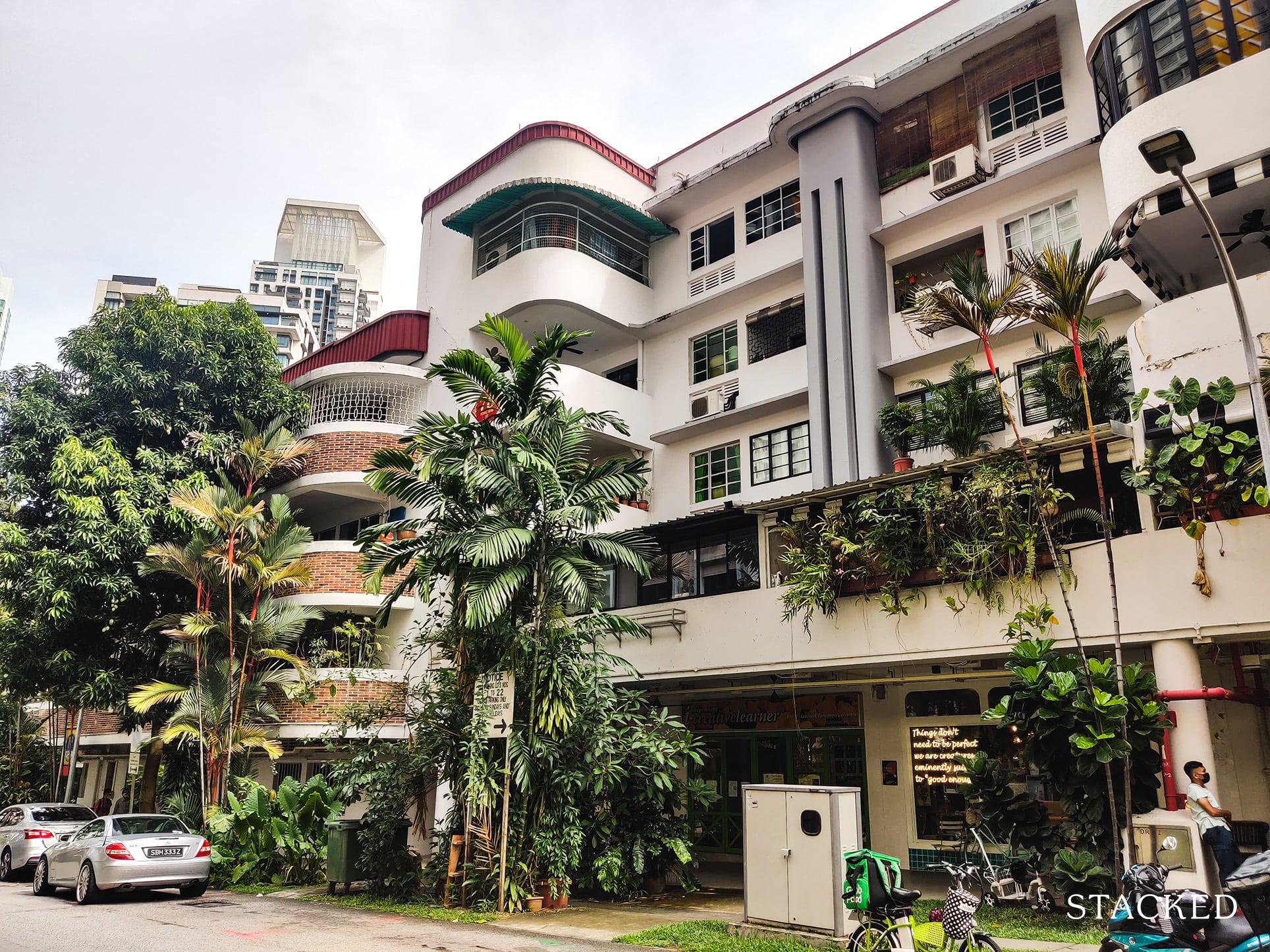
If your meal budgets are more toward food courts and coffee shops, then there’s no point being surrounded by artisanal cafes and restaurants that average $60 per head (we’re looking right at you, Tiong Bahru).
Ask the sales team about retail stores, eateries, etc. near the condo, to get a sense of where you’re buying into. Generic terms like “supermarket nearby” are not as useful.
E.g., Is the “next door” supermarket a gourmet place that would incur $200 grocery bills, or is it an affordable Sheng Siong?
10. What are the maintenance fees?
Maintenance fees, at present, average $70 to $80 per share value, per month. The sales team can tell you the exact share value of your unit.
Sometimes, you can get a lower share value for a minimal space difference. For example, a unit of 51 sq. m. has a share value of 6. However, a unit of 50 sq. m. has a share value of 5.
For the difference of 1 sq.m., you might shave off $70 to $80 per month in maintenance fees; no small sum if you factor in time frames like 10 or 15 years.
Maintenance fees can also help to determine your true costs; like property taxes, these are recurring bills, and they eat into your eventual resale gains or net rental yields. They can be the deciding factor when choosing between two different projects.
For more on picking the right condo for your needs, reach out to us at Stacked. You can also follow us for the latest reviews of new and resale homes alike.
If you’d like to get in touch for a more in-depth consultation, you can do so here.
Have a real estate question, or not sure what your options are? Email us at stories@stackedhomes.com.
Ryan J. Ong
A seasoned content strategist with over 17 years in the real estate and financial journalism sectors, Ryan has built a reputation for transforming complex industry jargon into accessible knowledge. With a track record of writing and editing for leading financial platforms and publications, Ryan's expertise has been recognised across various media outlets. His role as a former content editor for 99.co and a co-host for CNA 938's Open House programme underscores his commitment to providing valuable insights into the property market.Read next from Property Advice

Property Advice Should We Buy An Old 99-Year Leasehold Condo To Live In: Will It’s Value Fall When The Lease Runs Out?

Property Advice We Own A $800K 1-Bedder And A $1.1M 3-Bedder: Is It Possible To Upgrade To A 4-Bedder Condo?

Property Advice I Own A 55-Year-Old HDB Flat, But May Have To Sell — Can I Realistically Buy A Freehold Condo With $700K?

Property Advice We Own A 2-Bedder Condo In Clementi: Should We Decouple To Buy A Resale 3 Bedder Or Sell?
Latest Posts

Pro How A 625-Unit Heartland Condo Launched In 2006 Became One Of 2025’s Top Performers

Property Investment Insights Does Buying A One-Bedroom Condo Still Make Sense As An Investment In 2026

Property Market Commentary Why This Once-Ulu Town In Singapore Is Going To Change (In A Big Way)

Singapore Property News This HDB Just Crossed $1.3M For The First Time — In An Unexpected Area

Singapore Property News “I Never Thought I’d Be Sued by a Tenant.” What Long-Time Landlords in Singapore Miss

Property Market Commentary I Lived In Bayshore When It Was ‘Ulu’. Here’s How Much It Has Changed

Singapore Property News HDB Resale Prices Finally Slowed in 2025 — Will It Continue in 2026?

Singapore Property News Breaking News: District 23 Condo Sells Out In Under Two Years At $2,120 Psf Average

On The Market Here Are The Cheapest 3-Bedroom Condos in Central Singapore You Can Still Buy From $1.15M

Property Market Commentary Why The Singapore Property Market Will Be Different In 2026 — And It’s Not Just About Prices

Editor's Pick 2025 Year-End Review Of The Singapore Property Market: What The Numbers Reveal

Pro This 21-Year-Old Condo Didn’t Sell Out Initially, Yet Became A Top Performer

Editor's Pick How The HDB Resale Market Performed In 2025, And What It Means For 2026 Prices

Editor's Pick 4 Key Trends Reshaping Singapore’s New Launch Condo Market In 2026

Editor's Pick What I Only Learned After My First Year Of Homeownership In Singapore



